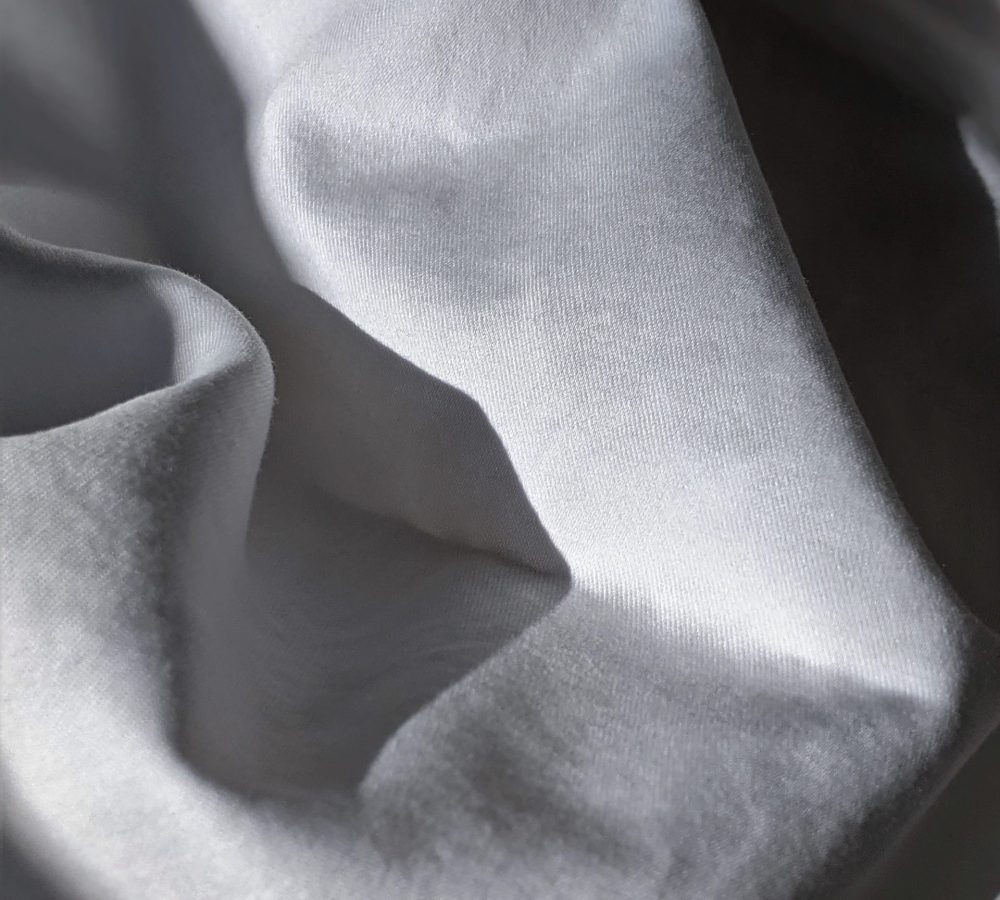Baby Wear
Baby Swaddle
Baby Swaddle
Swaddling is an age-old practice of wrapping infants in blankets or similar clothes so that movement of the limbs is tightly restricted. Swaddling bands were often used to further restrict the infant. Swaddling fell out of favor in the 17th century.
Some authors are of the opinion that swaddling is becoming popular again, although medical and psychological opinion on the effects of swaddling is divided. Some modern medical studies indicate that swaddling helps babies fall asleep and to remain asleep and helps to keep the baby in a supine position, which lowers the risk of sudden infant death syndrome (SIDS). However, one recent study indicated that swaddling increased the risk of SIDS. Additionally emerging evidence is showing that certain swaddling techniques may increase the risk of developmental dysplasia of the hip.
The swaddling clothes of mediaeval Madonna and Child paintings are now replaced with cotton receiving blankets, cotton muslin wraps, or specialised “winged” baby swaddles. Modern swaddling is becoming increasingly popular today as a means of settling and soothing irritable infants and helping babies sleep longer with fewer awakenings. Since the early 1990s, the medical community has recommended placing babies on their back to sleep to reduce the risk of SIDS. As studies proved swaddled babies sleep better in the back sleeping position, swaddling has become increasingly popular and recommended so parents avoid the dangerous stomach sleeping position. Swaddling also prevents newborns waking themselves with their Moro reflex.



Loose and ineffective swaddling techniques made while using an undersized blanket can generally be kicked off by a wakeful baby. It is important for caregivers to accomplish a secure swaddle to ensure the blanket does not become loose and the baby remains wrapped during the sleep period.
The act of swaddling does carry a risk of the baby overheating if the caregiver uses multiple blankets that are too thick or uses thick fluffy fabric that creates excessive thermal insulation.

Common Material
- Bamboo Fabric
- Cotton Fabric
- Natural Fabric
- Microfiber
Why we use Swaddle?
Modern specialized baby swaddles are designed to make it easier to swaddle a baby than with traditional square blankets. They are typically fabric blankets in a triangle, ‘T’ or ‘Y’ shape, with ‘wings’ that fold around the baby’s torso or down over the baby’s shoulders and around underneath the infant. Some of these products employ Velcro patches or other fasteners. Some parents prefer a specialized device because of the relative ease of use, and many parents prefer a large square receiving blanket or wrap because they can get a tighter and custom fit and the baby will not outgrow the blanket.
To avoid hip dysplasia risk, the swaddle should be done in such a way that the baby is able to move his or her legs freely at the hip. This is more easily done with a large blanket that can keep the arms in place while allowing the legs flexibility, all while allowing for proper hip development.
By the time the baby is learning to roll over, often around 4–5 months, parents and caregivers should transition the baby from swaddling to a less restrictive covering for sleep.
If the baby can roll over, then it is important for the baby to have use of its hands and arms to adjust his or her head position after rolling over. The traditional swaddling uses flat strings for babies to be tied; care is needed not to tie them too hard or blood flow would be restricted.
Swaddling is still practiced worldwide. In some countries, swaddling is the standard treatment of babies. In Turkey, for instance, 93.1% of all babies become swaddled in the traditional way. According to the Human Relations Area Files (HRAF), 39% of all documented contemporary non-industrialized cultures show swaddling practices; further 19% use other methods of movement restriction for infants. Some authors assume that the popularity of swaddling is growing in the U.S., Great Britain and the Netherlands. A British sample showed up 19.4% of the babies are swaddled at night. In Germany, swaddling is not used as outline care measure and experiences relatively little acceptance, as the missing mentioning of this practice in the standard work on regulatory disturbances of Papusek shows.
Swaddling as a medical intervention with a clearly limited indication range is used in the care practices of premature babies or crybabies with brain-organically provable damage. Also swaddling is used for reducing pain in such care actions as collecting blood at the heel. The swaddling of these premature babies (very low birth weight infants) takes place only very loosely. It is meant to hold the weak arms at the body and make certain movements possible. This “swaddling” is something completely different from traditional swaddling in the stretched position.
